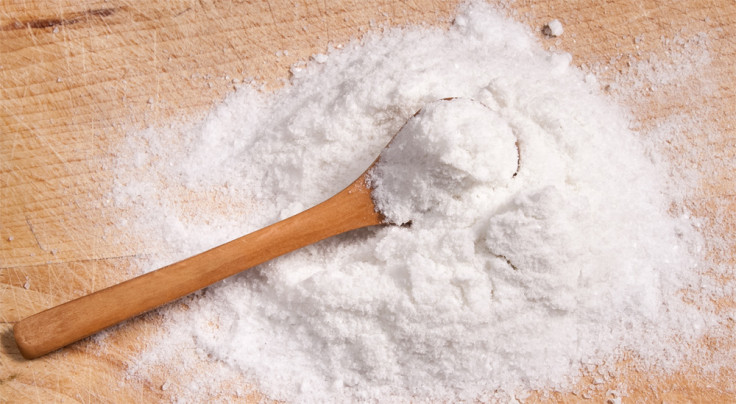Warning : Australian nutrition researchers find harmful levels of heavy metals in pink salt
One particular brand contained dangerously high levels of lead exceeding the safe level set by Food Standards Australia and New Zealand, by as much as 25 percent,
New research has found the trendy pink salt is not healthier contrary to its popularity. Nutrition Research Australia (NRAUS) revealed that it has low levels of essential nutrients and also contains a range of harmful heavy metals. After conducting tests on 31 samples of pink salt brands sold in Australian supermarkets, the results yielded inconsistent and unpredictable data.
Varying levels of nutrients such as iron and calcium were recorded, while samples that had higher concentrations of essential nutrients also showed higher levels of heavy metals such as mercury, cadmium and aluminium.
One particular brand contained dangerously high levels of lead which exceeded the safe level set by Food Standards Australia and New Zealand, by as much as 25 percent. It was said to contain 130 times more lead than white table salt.
However, the tested sample brands using Australian-sourced pink salt showed lower levels of essential nutrients and heavy metals. The top three nutrients found in pink salt are magnesium, calcium and potassium. One teaspoon of pink salt contributes just 1-5 % of an individual's recommended daily needs, and 100 % of the maximum sodium limit, which is 5g of salt.
Although researchers have found that pink salt does contain more nutrients than white table salt, one has to consume more than the recommended amount of sodium limit per day by 500 percent before it can have any significant health benefit in one's diet. This means a person would have to consume six teaspoons of pink salt for all its nutrients to have any beneficial contribution to their diet.
CEO of Nutrition Research Australia, Flavia Fayet-Moore, said the commonly thought health benefits of pink salt have proven to be definitely overstated.
"Pink salt's reputation for being 'healthier' has now been debunked, with the nutrient level too low and variable for it to be a consistent source of nutrients," Fayet-Moore said in a statement.
Pink salt may look prettier on a pantry rack but the downside to its health benefits overshadows its culinary aesthetics. There are many healthier options to enhance flavour and colour to dishes. Herbs and spices like paprika, turmeric, cinnamon, saffron and even pink peppercorns not only look good sprinkled on food, but they all pack a nutritious punch.

© Copyright IBTimes 2025. All rights reserved.




















